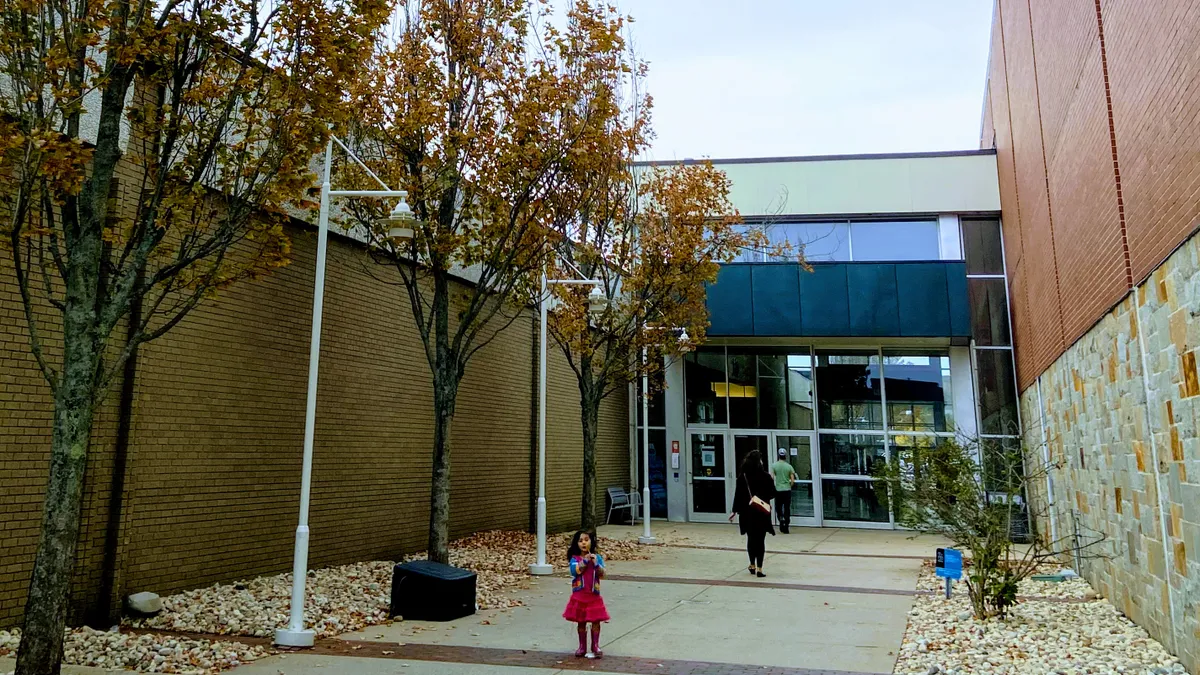Dive Brief:
- Retail sales during November and December are expected to reach $1 trillion for the first time, according to the National Retail Federation.
- That translates to growth of between 3.7% and 4.2% year over year during the two-month period. That compares to a 4.3% increase in 2024, when holiday sales reached $976 billion.
- Consumers will spend an average of $890.49 each over the holiday, constituting the second-highest amount in the 23-year history of the survey. The NRF’s calculations exclude automobile dealers, gasoline stations and restaurants.
Dive Insight:
The National Retail Federation is expecting record holiday sales this year even as economic uncertainty looms over consumers.
“American consumers may be cautious in sentiment, yet remain fundamentally strong and continue to drive U.S. economic activity,” Matthew Shay, NRF president and CEO, said in a statement. “We remain bullish about the holiday shopping season and expect that consumers will continue to seek savings in nonessential categories to be able to spend on gifts for loved ones.”
Overwhelmingly, consumers feel that tariffs are causing higher prices on many goods, so deals are top of mind.
“The economy has continued to show surprising resilience in a year marked by trade uncertainty and persistent inflation,” Mark Mathews, NRF chief economist and executive director of research, said in a statement. “As tariffs have induced an uptick in consumer prices, retailers have tried to hold the line on prices given the uncertainty about trade policies.”
To support holiday shopping demand, some retailers are increasing their workforce for the holidays. But the NRF expects the industry will see fewer seasonal hires compared to previous years, anticipating between 265,000 and 365,000 seasonal workers to be hired this year, down from 442,000 hires in 2024. The predicted decline is in line with a September report from Challenger, Gray & Christmas that anticipated that over the last three months of 2025, retailers would bring on fewer than 500,000 seasonal workers, its lowest number since 2009.
The retail sector has also seen sharp cuts and layoffs this year. Through October, there have been 88,664 layoffs in the industry, a 145% increase from the same period last year.














